Wildlife continues to thrive on Strangford Lough but concerns at changing climate
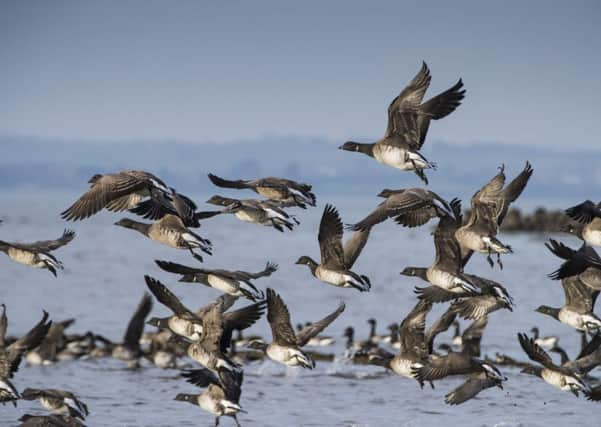

This year’s changeable weather has resulted in an influx of migrant species with mixed fortunes for resident wildlife, says the National Trust.
The ‘stop-start’ spring, with temperatures warming then plummeting in February and March, before warming again, brought migrant species such as butterflies to our shores.
Advertisement
Advertisement
But the changeable summer, with short, sharp rain storms, proved to be challenging for some.
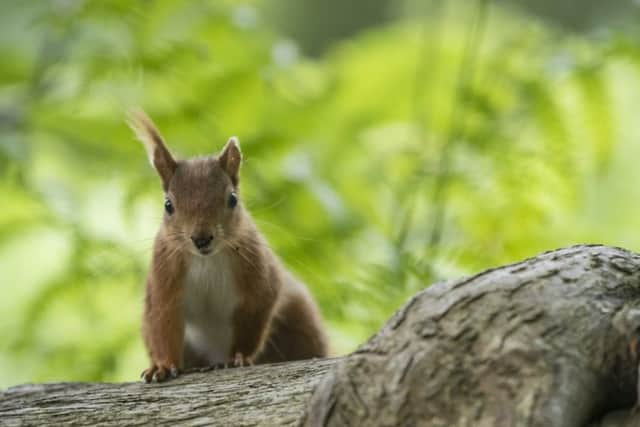

The end of the year was warm and wet, with few cold spells, but more deluges of rain particularly in November resulted in flooding in many parts of the country.
Resident species
that thrived
There were a number of success stories around Strangford Lough with terns, Grey seals, Brent geese and otters all showing an increase in productivity.
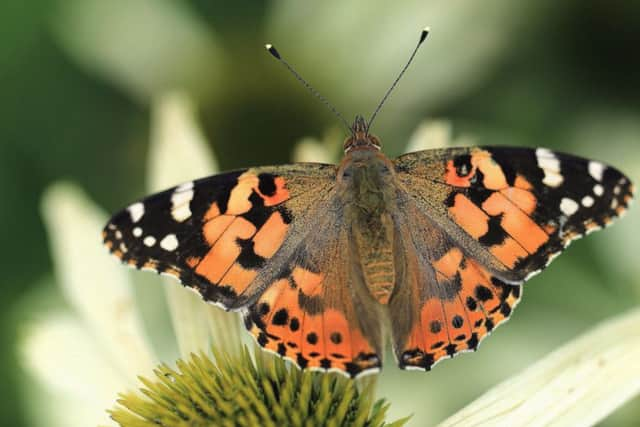

Over 5,000 hectares of Strangford Lough is in the care of the National Trust whose rangers are dedicated to the protection of the Lough and its many islands, creating a healthy environment and habitat for local wildlife to thrive. A key part of this work is the monitoring of seals, breeding seabirds and wildfowl around the lough, checking for drops and peaks in the population which can be an indication of wider environmental issues resulting from climate change.
Advertisement
Advertisement
A protected species, the number of grey seal pups recorded annually has risen dramatically, from less than 30 in 1999, to over 180 in 2019.
“We’ve been actively monitoring the seal population on the Lough now since 1992 and grey seal numbers are up considerably in the last number of years,” explained Hugh Thurgate, lead ranger at Strangford Lough.
“282 was the peak count for adult grey seals visiting the Lough during the breeding season this year. This boom reflects the burgeoning UK population which is pushing the population down the north channel and into the Irish Sea. There’s also been an increase in the number of breeding areas available to the seals as more of the islands on the Lough become uninhabited. The seals are looking for a safe and protected place to raise their young – somewhere that provides protection from the elements and is relatively free from disturbance and Strangford Lough offers them that.”
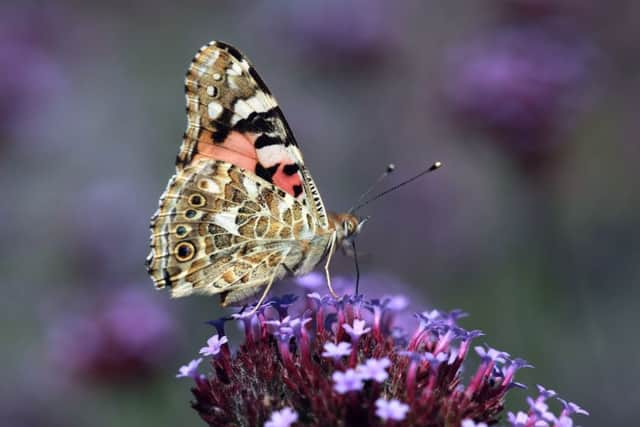

Unfortunately, the Harvest or Common seal is not enjoying the same kind of success on the lough. Numbers of pups have flatlined to between 25-35 each year with the total population now alarmingly low at under one hundred. The reasons for the current decline in common/harbour seals around our waters are unknown.
Baby Brent boom
Advertisement
Advertisement
Light-bellied Brent geese arrived back to Strangford Lough this autumn after a very successful breeding season in the East Canadian High Arctic. Strangford Lough supports over 75 per cent of the total population in the early autumn, where its extensive eel grass beds provide essential food after an arduous migration.
Of the 20,950 counted on the official census date on 11 October, 23.5 per cent were recorded as juveniles. Brent geese tend to have a run of a few years with poor productivity interspersed with the occasional good year, in 2018 for example, productivity was just 1.8 per cent.
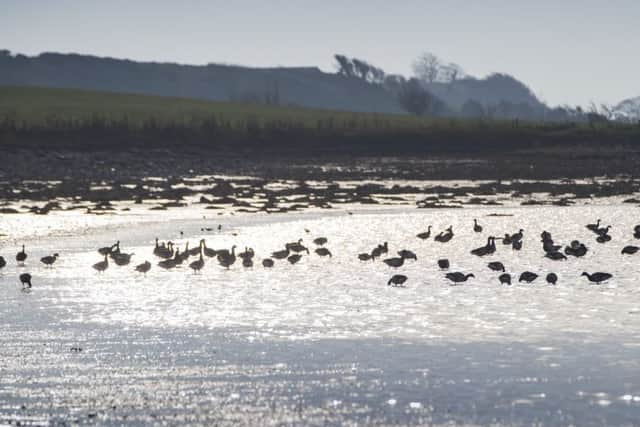

Testing times for Terns
2018 was a catastrophic year for the lough’s tern and Artic tern population. Heavy storms resulted in the swamping of the islands causing a nest “wash out”. A growing otter population with an appetite for tern eggs and chicks also contributed to a huge fall in healthy chick numbers.
Thankfully the trust’s 2019 production survey has shown much more promising results with the number of young fledging per pair up across all breeds. In 2017 there were 155 young Sandwich tern fledging, rising to 434 in 2019; Common tern saw just 27 fledgling in 2018, rising to 240 in 2019 and in 2018 there were only three Artic tern fledgling in 2018 but 198 in 2019.
Advertisement
Advertisement
“Much higher chick numbers are a direct result of a breeding season that was free from freakish storms and floods,” Hugh Thurgate explained.
“These ground nesting birds are extremely vulnerable to changes in our weather resulting from climate change. Larger chick numbers also meant the impact of predation wasn’t as significant, and so more young birds made it to flight.”
Red squirrel
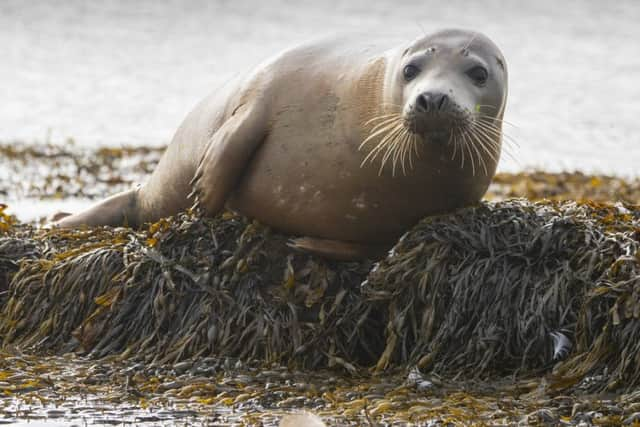

numbers healthy
Closely linked to the Lough is the Ards Peninsula where the trust has been working in partnership with the Ards Red Squirrel Group to restore the native red squirrel population.
Toby Edwards is the ranger leading on this project, he said: “At Mount Stewart we have around 40-50 reds and across the whole peninsula we estimate there are 120 reds now, which is close to the natural capacity for the area. This is great news and it shows what can be achieved when organisations work together to develop a plan for the protection of a species.
Advertisement
Advertisement
“Reds usually have one or two key breeding cycles with young kits emerging out of their nests around late May/early June and then again in late August/September. This year they have been popping out right the way through the year, as early as March and as late as start of October.”
The long summer and mild start to winter has meant the reds have enjoyed a longer breeding season and numbers are looking healthy. The weather pattern of the past two years also resulted in a ‘mast’ year, i.e. a bumper year, for seeds and berries across all species which has resulted in rich pickings for foraging wildlife such as squirrels and hedgehogs.
Success for
winged migrants
Warm spells of weather in the early half of the year saw migrant species of butterflies, moths and dragonflies from the south and east arrive in the UK.
Significant numbers of painted lady (Vanessa cardui) butterflies were seen arriving en masse for the first time in a decade.
Advertisement
Advertisement
This 5-7cm orange and black spotted butterfly is commonly seen here but the last mass arrival was in 2008. The Painted Lady dominated the results of the Big Butterfly Count in Northern Ireland, taking the top spot and averaging over nine individuals per count through the three-week recording period (which compares to less than three per count in England). In total, Painted Ladies made up more than half of all the butterflies and moths counted in the province during the count in 2019. Peacock numbers remained quite high, although not as good in 2018, while the Small Tortoiseshell enjoyed its best big butterfly count since 2014 and finished in second place.
The common white butterflies that had been so plentiful in the summer of 2018, taking three of the top four spots in Northern Ireland, all decreased dramatically, with Small White down 63% (in 5th place in 2019), Large White down 70% (in 9th position) and Green-veined White down a massive 84% and finishing 10th, having been number one in 2018.
Ten new species of moth were recorded in Northern Ireland, many of which are migrant species. This included the Small Marbled, (Eublemma parva) spotted on the North Coast, Co Londonderry and the Apomyelois bistriatella recorded at Murlough NNR in Co Down.
Ben McCarthy, head of nature conservation and restoration ecology, said: “Sightings of migrant insects and birds are becoming more common across the UK. This is a result of our changing climate. Although this can seem exciting, the obvious flipside is how these changes will start to affect some of our native species already under pressure from intensive land use, habitat fragmentation and climate change.
Advertisement
Advertisement
“By improving the condition of our remaining habitats and increasing patch size it is easier for species to move across landscapes in response to our changing environments. It also means that when they arrive in their new location there is habitat to support them.
“If our wildlife doesn’t have anywhere to move to as temperatures rise and the weather changes, over the coming years we will inevitably see more and more species at risk of becoming extinct.”